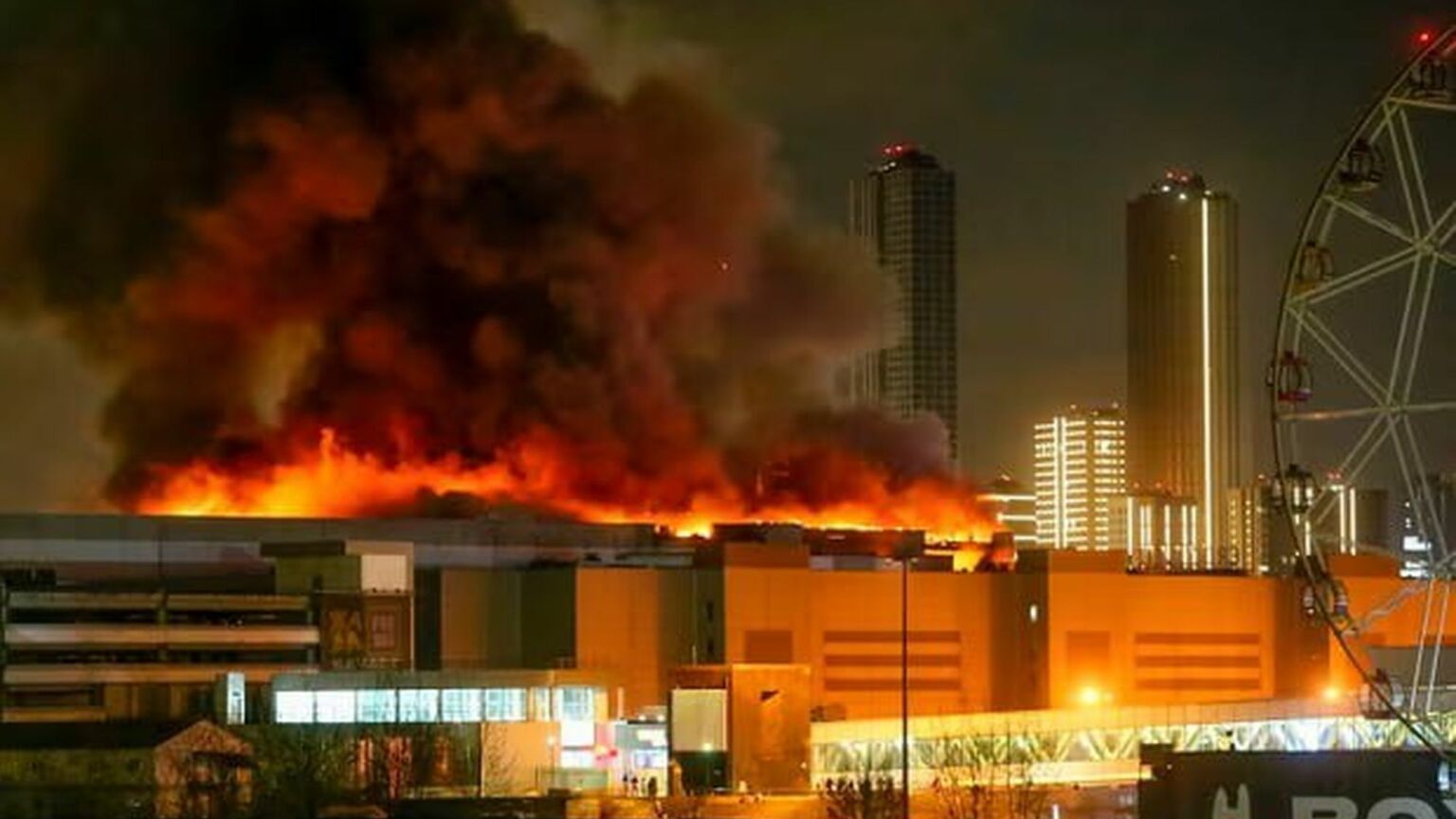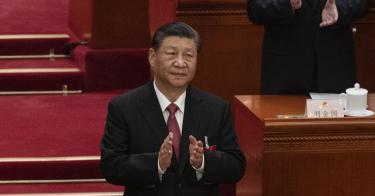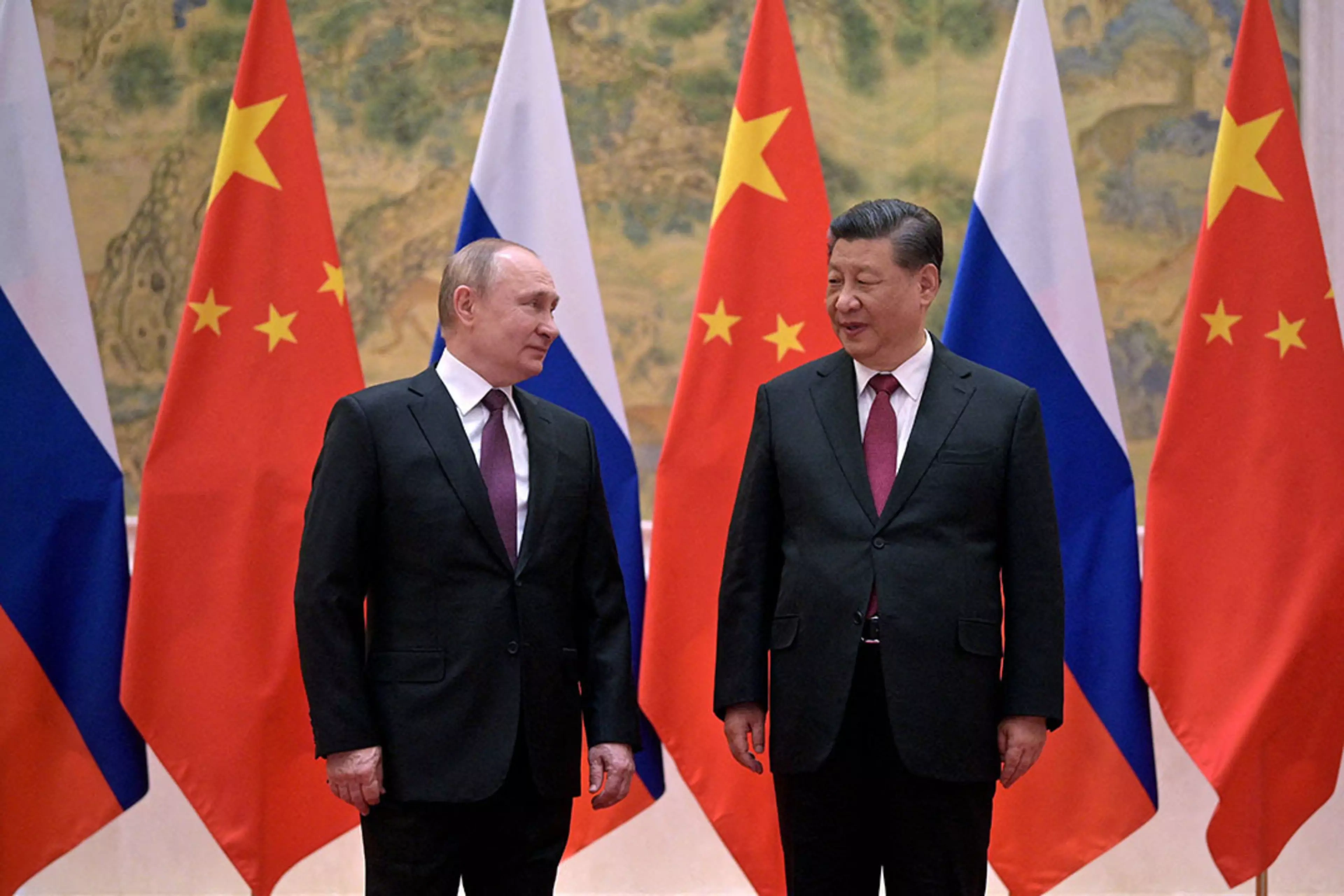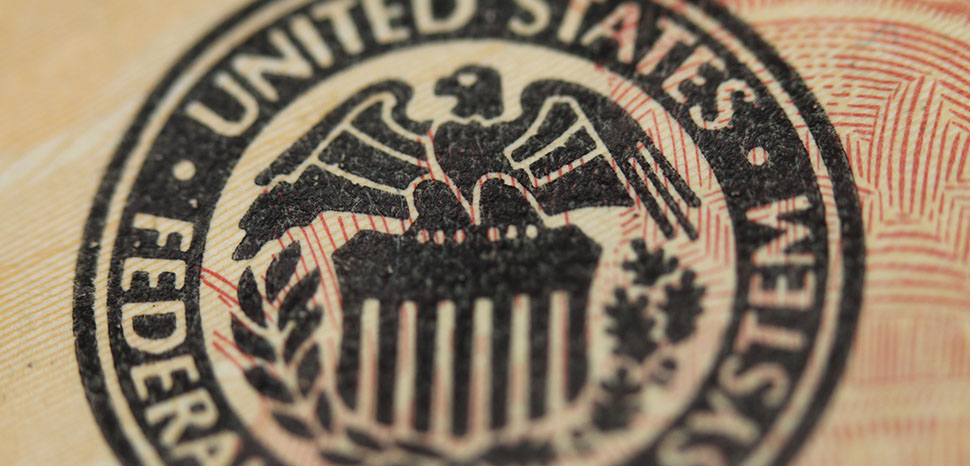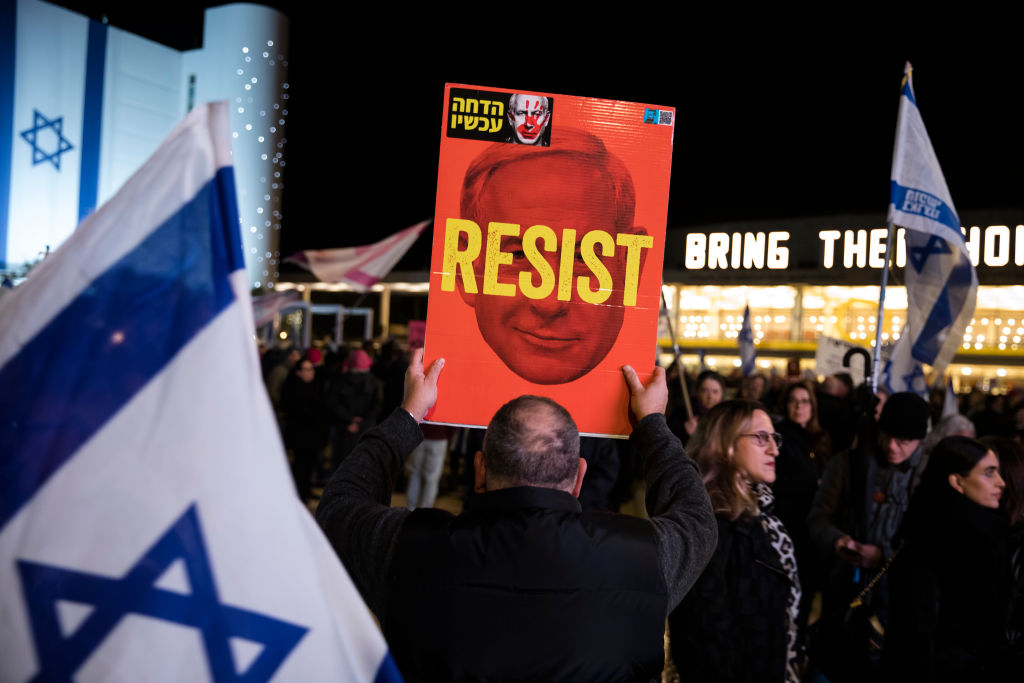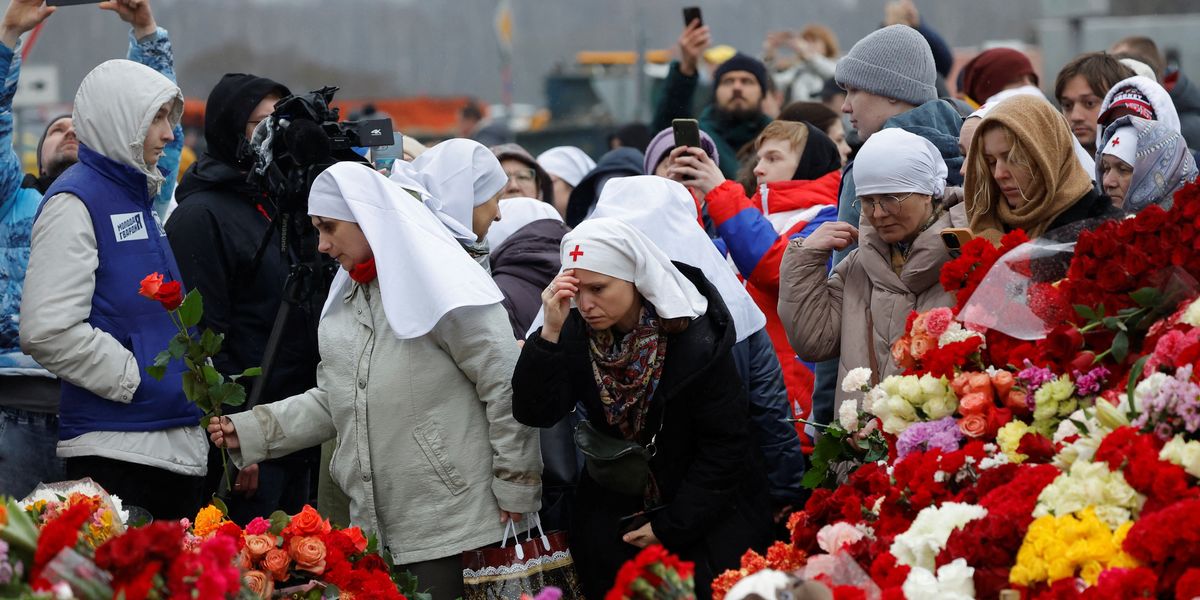Abid Hussain

Five Chinese nationals and a Pakistani driver have been killed after a suicide attacker rammed his explosive-laden vehicle into their convoy near Besham city in northwest Pakistan’s Khyber Pakhtunkhwa province.
The incident happened on Tuesday when the convoy was on its way from Islamabad to Dasu, the site of a key hydroelectric dam being constructed by a Chinese company, about 270km (167 miles) from the capital.
“Our rescue team has successfully retrieved bodies of four people whereas recovery of two more people is still ongoing,” Bilal Faizi, spokesman for Rescue 1122 group in Khyber Pakhtunkhwa, told Al Jazeera.
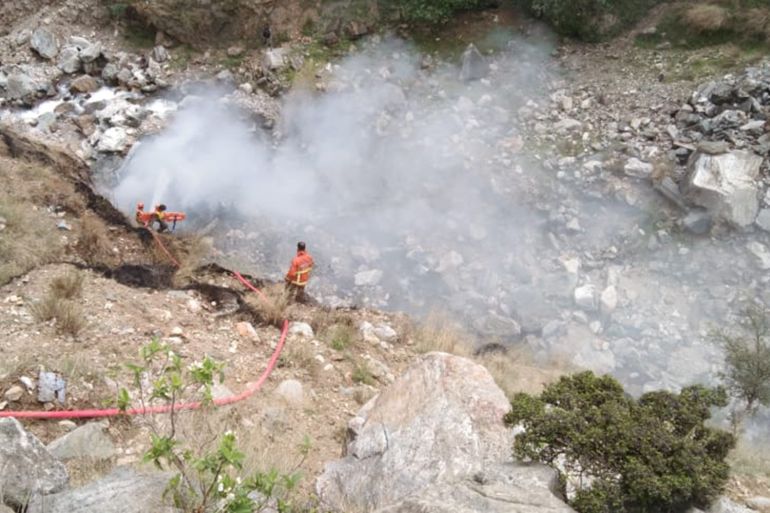
The vehicle fell in this gorge after the suicide blast
Rescue officials said the vehicle carrying the Chinese nationals fell in a gorge after the blast and at least two bodies were badly burnt, making their identification difficult.
No armed group has so far claimed responsibility for the attack. The Chinese embassy in Islamabad or the Chinese foreign ministry in Beijing have not commented on the incident yet.
